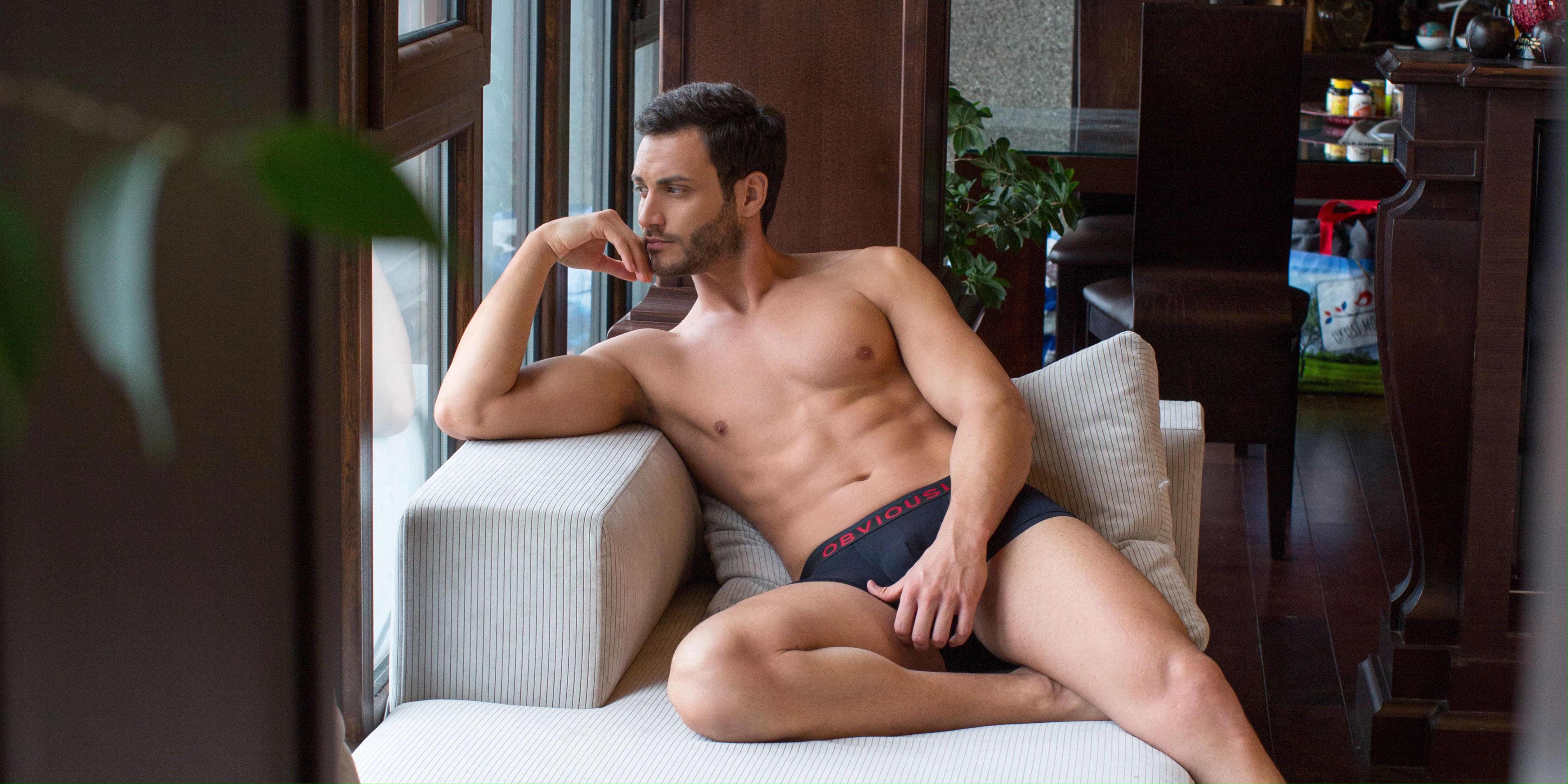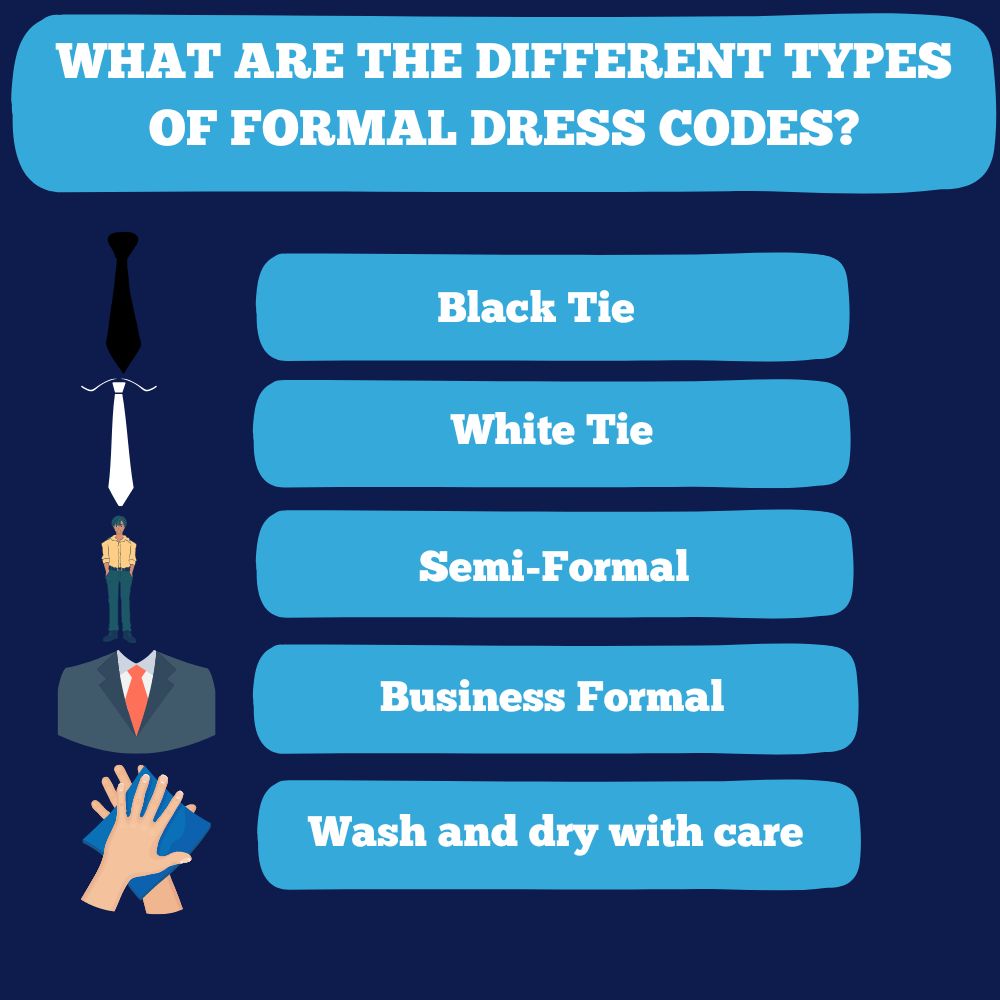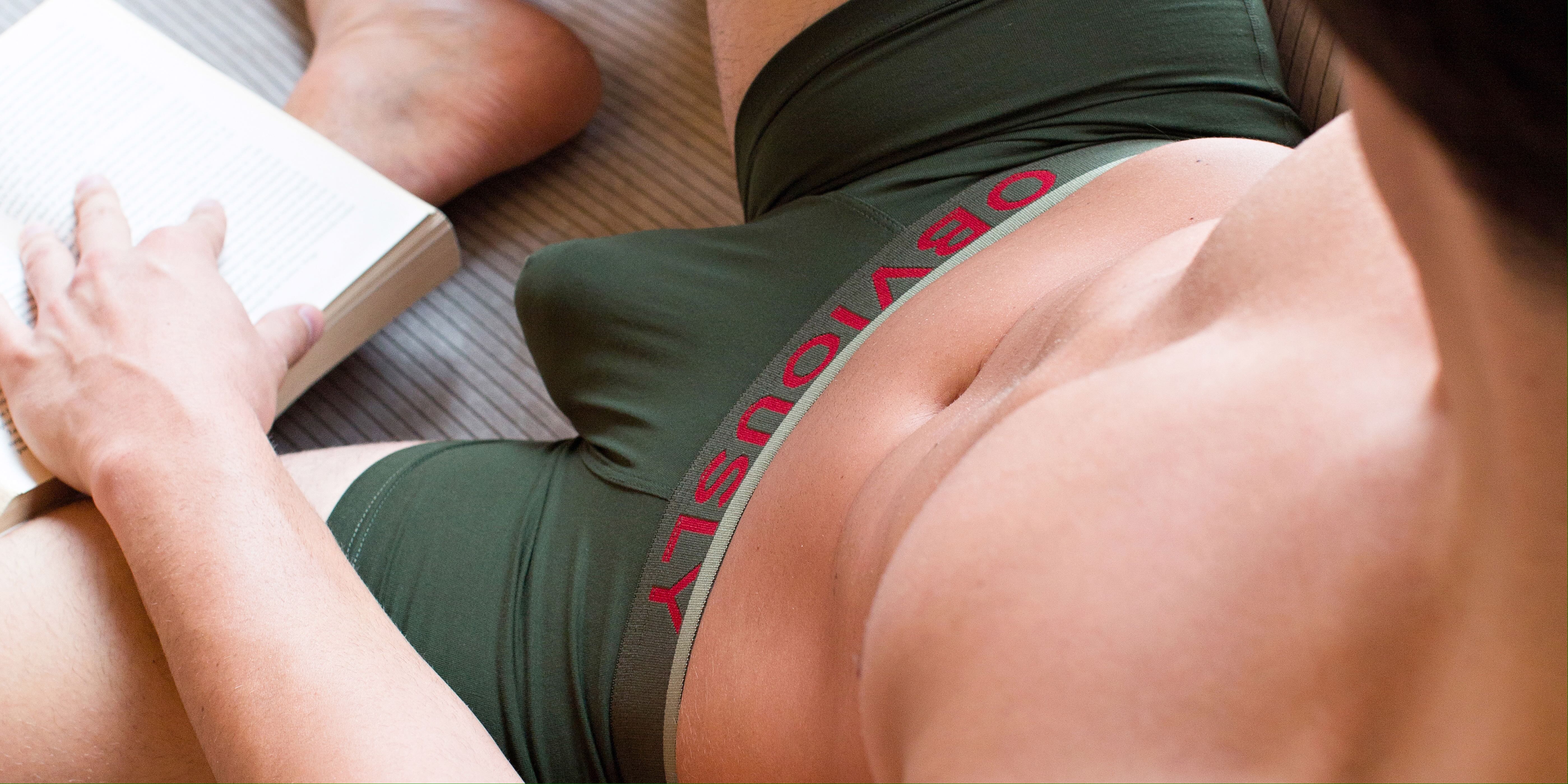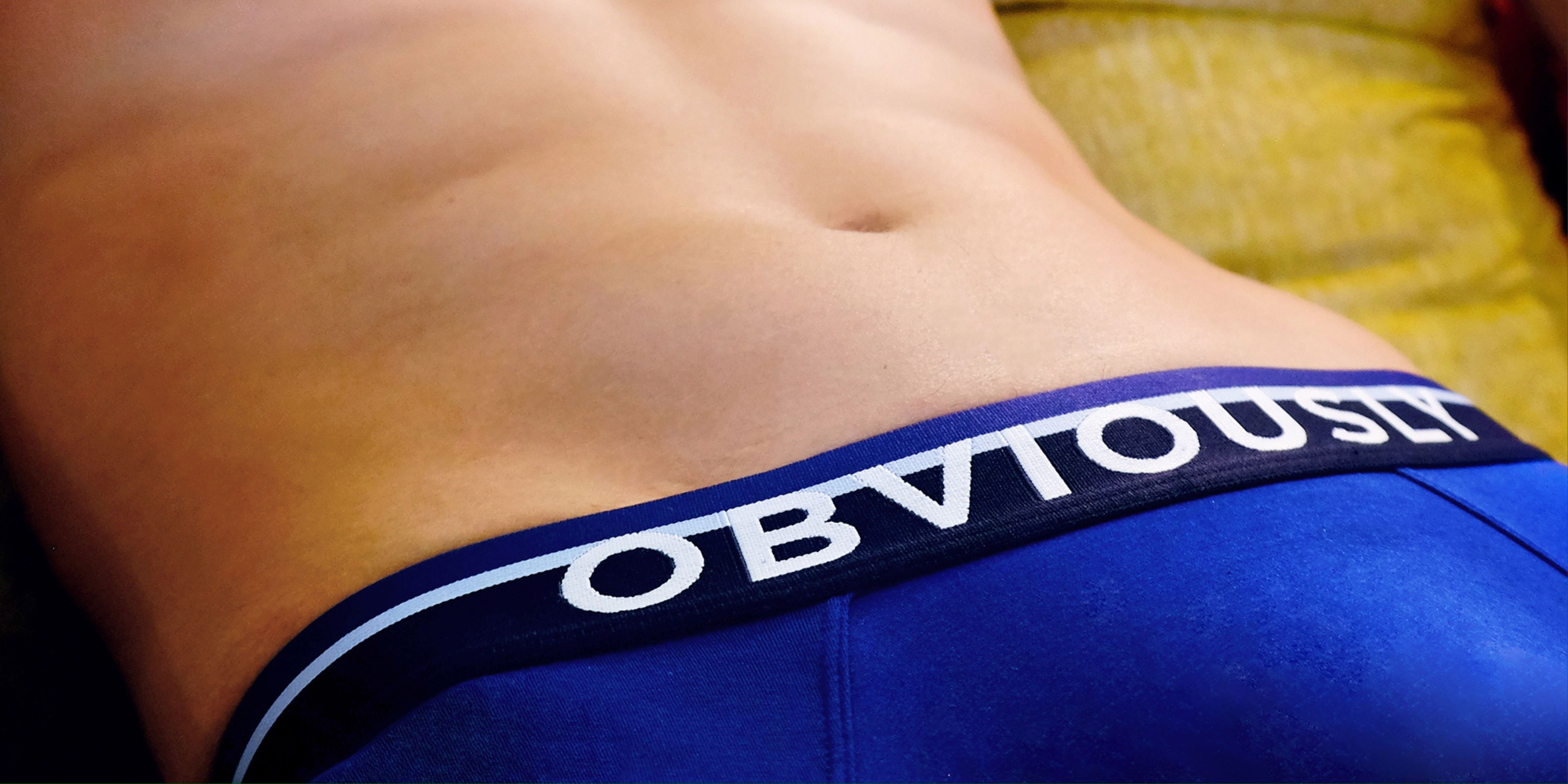
Formal Attire: What Is Formal Attire?
The art of nailing formal attire for formal events, and dressing appropriately is key to leaving a lasting impression. But what exactly constitutes formal attire? In this informative piece, we will unravel the mysteries of formal dress codes, providing you with valuable insights and expert advice. From understanding the nuances of black tie and white tie events to mastering the art of accessorizing, we'll equip you with the knowledge you need to confidently navigate any formal occasion. Get ready to elevate your style game and make a statement with your impeccable fashion choices.
The History Of Format Attire
Formal attire has a rich history that spans centuries and has evolved alongside changing fashion trends and societal norms. Both men and women have played significant roles in shaping the history of formal dress codes. In the 17th century, formal attire for men was characterized by elaborate and ornate garments, including embroidered coats, waistcoats, and breeches. Wigs and powdered hair were also popular accessories during this time. As the centuries progressed, men's formal attire became more streamlined and tailored, with the introduction of the tuxedo and the classic black-tie ensemble.
For women, formal attire has undergone significant transformations throughout history. In the 18th and 19th centuries, women's formal fashion was characterized by corsets, voluminous skirts, and intricate embellishments. However, as the 20th century approached, women's formal attire became more liberated. Coco Chanel's introduction of the iconic little black dress revolutionized women's fashion, offering a more versatile and timeless option for formal occasions. Over time, women's formal fashion has embraced a wide range of styles, from elegant gowns to chic pantsuits, allowing for more versatility and self-expression.
In modern times, formal attire has become more inclusive and diverse, reflecting the changing attitudes towards fashion and personal style. Today, both men and women have a multitude of options when it comes to formal dress codes. From traditional black-tie events to contemporary cocktail parties, individuals have the freedom to express their personality and creativity through their formal attire choices. The history of formal attire has paved the way for a more inclusive and individualistic approach to dressing for formal occasions, allowing individuals to embrace their unique style while still adhering to the appropriate dress code.
What Is Formal Attire?
Formal attire refers to a specific dress code that is appropriate for formal events and occasions. It is characterized by its elegance, sophistication, and adherence to certain style guidelines. For men, formal attire typically includes a tailored suit or tuxedo, a dress shirt, a tie or bowtie, and polished dress shoes. Women's formal attire can vary, but often includes elegant dresses, gowns, or pantsuits, paired with appropriate accessories such as heels and statement jewelry. The purpose of formal attire is to convey a sense of professionalism, respect, and adherence to the event's level of formality. By dressing in formal attire, individuals show their understanding and respect for the occasion, while also making a stylish and polished impression.
What Are The Different Types of Formal Dress Codes?
Different Types of Formal Dress Code:
- Black Tie: This is one of the most formal dress codes, typically reserved for evening events. For men, it entails wearing a black tuxedo, a white dress shirt, a black bowtie, and black dress shoes. Women are expected to wear elegant floor-length gowns or formal cocktail dresses.
- White Tie: The most formal dress code of all, white tie is usually reserved for prestigious events such as state dinners or royal occasions. Men are required to wear a black tailcoat, a white wing-collar shirt, a white bowtie, and black patent leather shoes. Women should wear full-length formal gowns, often accompanied by gloves and elaborate jewelry.
- Semi-Formal: Also known as cocktail attire, this dress code is less formal than black tie but still requires a polished and sophisticated look. For men, a dark suit with a dress shirt and tie is appropriate. Women can opt for a cocktail dress, a dressy skirt or pantsuit, or a dressy blouse paired with a skirt or dress pants.
- Business Formal: This dress code is typically seen in professional settings such as corporate events or conferences. Men should wear a tailored suit in a conservative color, a dress shirt, a tie, and dress shoes. Women can choose to wear a tailored suit, a knee-length dress or skirt with a blouse, or dress pants with a blazer.
- Creative Black Tie: This dress code allows for more individuality and creativity while still maintaining a formal appearance. Men can experiment with different colors and patterns for their tuxedos, while women can opt for unique and stylish formal dresses or separates.
Remember, it is important to adhere to the specific dress code mentioned on the invitation to ensure you are appropriately dressed for the occasion.

Types Of Formal Events and Dressing Tips
Weddings
A wedding is a special occasion that demands careful consideration when it comes to dressing. For a formal wedding, men should opt for a classic suit in a neutral color like navy or charcoal, paired with a crisp dress shirt and a coordinating tie. Women can choose an elegant cocktail dress or a formal gown in a color that complements the wedding theme. It's important to avoid wearing white or anything that may overshadow the bride. Remember to adhere to wedding etiquette, such as avoiding attire that is too revealing or distracting. Dressing respectfully and appropriately for the wedding will ensure you seamlessly blend in with the wedding party and other guests.
Galas and Formal Fundraisers
Galas and formal fundraisers are elegant events that often require black tie attire. Men should wear a tuxedo with a black bowtie, a white dress shirt, and black dress shoes. Women can opt for a floor-length gown or a formal cocktail dress. It's important to choose attire that is sophisticated and in line with the event's level of formality. Remember to follow proper etiquette, such as avoiding overly casual or revealing outfits, and respecting the event's purpose and dress code.
Corporate Events and Business Dinners
Corporate events and business dinners typically call for business formal or business casual attire. For men, a tailored suit in a dark color like navy or charcoal, paired with a dress shirt and a tie, is appropriate for business formal events. Business casual attire may consist of dress pants, a collared shirt, and a blazer. Women can opt for a tailored dress, a pantsuit, or a skirt paired with a blouse for business formal events. Business casual attire may include dress pants or a skirt with a blouse or a professional-looking dress. It's important to dress professionally and maintain a polished appearance while adhering to the company's dress code and etiquette guidelines.
Cocktail Parties and Social Gatherings
Cocktail parties and social gatherings often have a semi-formal dress code. Men can wear a suit in a dark or neutral color, such as navy or charcoal, paired with a dress shirt and a tie. Women can choose a chic cocktail dress or a dressy skirt and blouse combination. It's important to strike the right balance between formal and casual, avoiding overly casual attire like jeans or t-shirts. Dressing neatly and tastefully is key, while still respecting the event's level of formality and following proper etiquette.
Remember, regardless of the type of formal event, it's important to dress appropriately and follow any specific dress code mentioned. Pay attention to the event's level of formality, choose outfits that are well-fitted and in appropriate colors, such as navy for suits, and always adhere to proper etiquette to ensure you make a positive impression and feel confident in your attire.
How To Accessorize Formal Attire
Accessorizing formal attire is a great way to elevate your look and add a touch of personal style. Here is a step-by-step guide on how to accessorize formal attire:
- Choose the Right Jewelry: Start by selecting jewelry that complements your outfit and the formality of the event. For men, a classic watch, cufflinks, and a tie clip can add sophistication to a suit. Women can opt for elegant earrings, a statement necklace, or a delicate bracelet. Remember to keep it tasteful and avoid wearing too many accessories that may overpower your outfit.
- Consider a Belt or Suspenders: For men, a belt or suspenders can be functional and stylish accessories. Choose a belt that matches the color of your shoes and complements your suit. Suspenders can add a touch of vintage charm and are a great alternative to a belt, especially with a tuxedo or high-waisted pants.
- Select the Right Shoes: Your choice of shoes can make or break your formal attire. For men, classic black dress shoes are a safe and versatile option. Make sure they are polished and in good condition. Women can opt for elegant heels or dressy flats that match the color and style of their outfit. Consider the comfort of the shoes, especially if you'll be on your feet for an extended period.
- Add a Pocket Square or Shawl: A pocket square is a small accessory that can make a big impact. For men, choose a pocket square that complements the color scheme of your suit or tie. Fold it neatly and place it in your suit pocket for a touch of elegance. Women can consider adding a shawl or wrap that matches their dress or gown, especially for outdoor or cooler evening events.
- Pay Attention to Bags and Clutches: Women can complete their formal look with a stylish clutch or small handbag. Choose a bag that matches the color and style of your outfit. Opt for a sleek and minimal design that doesn't distract from your overall look. Men can consider a briefcase or a slim messenger bag that complements their suit.
- Don't Forget About Grooming: Proper grooming is an essential part of accessorizing formal attire. Ensure your hair is well-styled, nails are clean and trimmed, and any facial hair is neatly groomed. Pay attention to details like fresh breath and clean, well-maintained hands.
Remember, the key to accessorizing formal attire is to keep it tasteful and in line with the formality of the event. Choose accessories that enhance your outfit without overpowering it. By following these steps, you can add the perfect finishing touches to your formal look and make a stylish statement.
How Does Underwear Choice Impact Formal Attire?
The choice of underwear for men can have a significant impact on the overall comfort and appearance of formal attire. Opting for well-fitted and supportive underwear is crucial to ensure a smooth and streamlined look. Avoid underwear with visible lines or bulges that can detract from the polished appearance of your outfit. Consider choosing underwear made from breathable fabrics to help regulate body temperature and prevent discomfort throughout the event. Additionally, selecting an appropriate undershirt can help maintain a neat and professional appearance, preventing sweat stains and ensuring a clean and polished look.
Conclusion
In conclusion, understanding formal attire is essential for navigating various formal events with confidence and style. By familiarizing yourself with different dress codes, such as black tie and white tie, and following the appropriate guidelines, you can ensure that you are dressed appropriately for any formal occasion. Remember to consider the specific requirements of each event, such as weddings or galas, and adhere to proper etiquette. Accessorizing your formal attire can further enhance your look, adding a personal touch while maintaining elegance. By paying attention to details and dressing respectfully, you can make a lasting impression and feel confident in your formal attire. So, embrace the world of formal dressing, and let your impeccable style shine at your next formal event.
Final Thoughts
Experience the ultimate comfort and style with Obviously Apparel. Our wide selection of boxer briefs, jockstraps, and trunks offers a perfect fit tailored to your personal preferences. Crafted with meticulous attention to detail and using high-quality materials, Obviously Apparel prioritizes your comfort and satisfaction above all else. Upgrade your underwear collection and indulge in the luxurious experience of Obviously Apparel today.
Sources
- https://fashionhistory.fitnyc.edu/category/17th-century/
- https://thecozydrawingroom.com/2020/06/15/the-important-choice-of-fabric-in-womens-fashion-during-the-18th-and-19th-centuries/
- https://www.fashionbeans.com/article/the-new-rules-of-formal-attire/
- https://www.brides.com/cocktail-attire-wedding-4844364
- https://www.crystalview.com/blog/a-guide-to-gala-dress-codes
- https://www.greenvelope.com/blog/cocktail-dress-code




